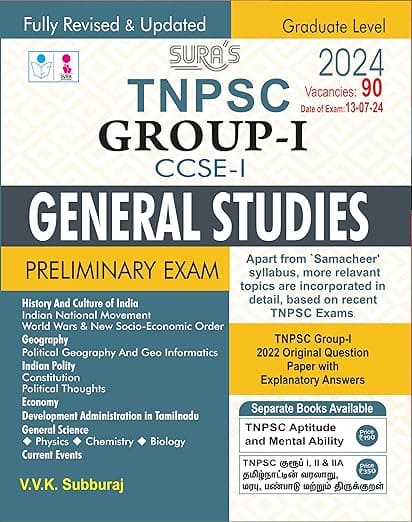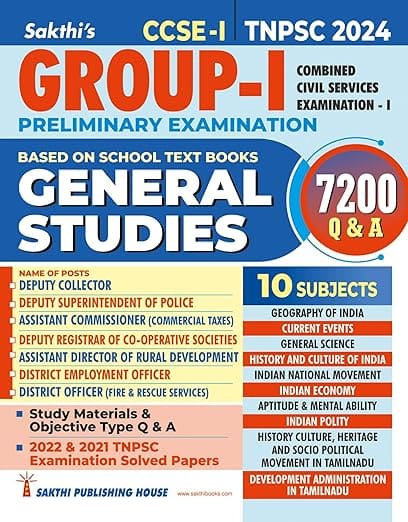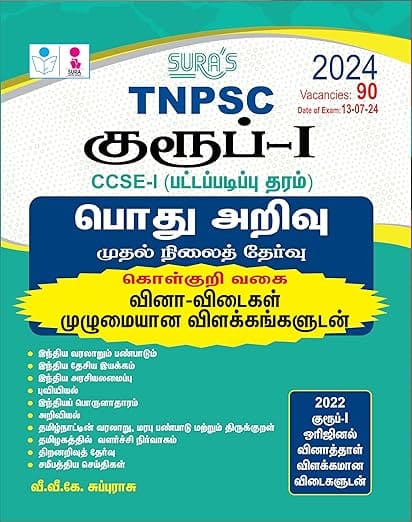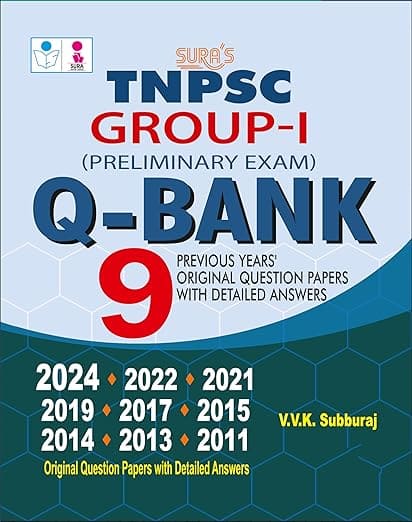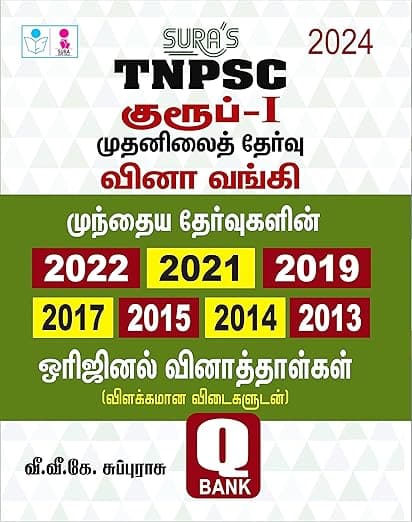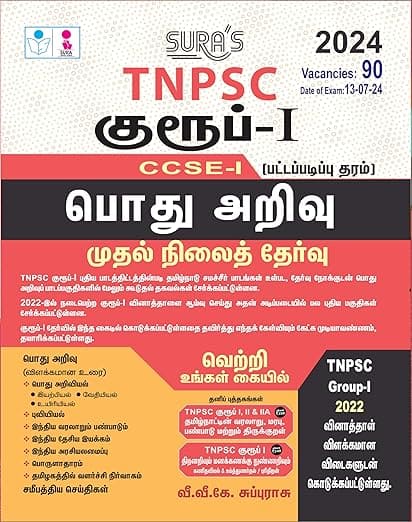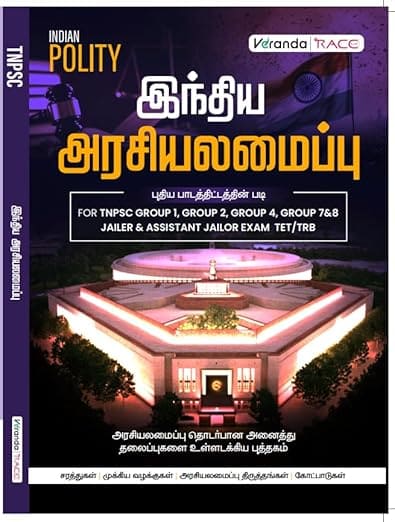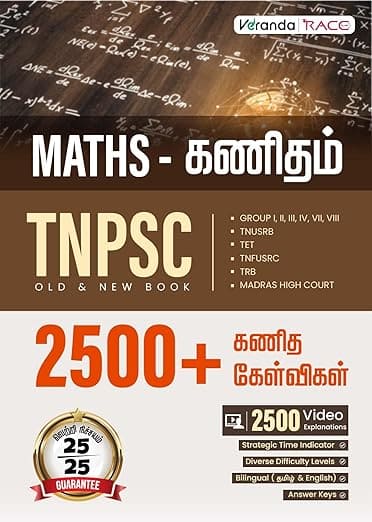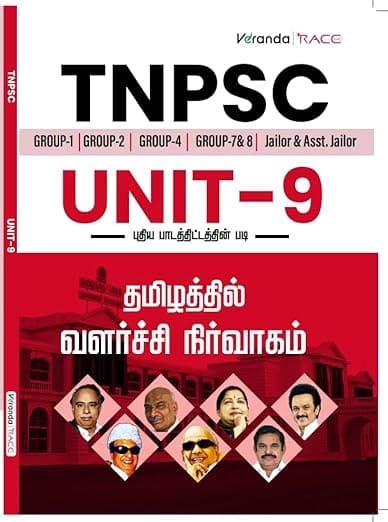- The Gupta Empire was divided into provinces known as deshas or bhuktis.
- They were administered by governors who were usually designated as uparikas.
- The uparika was directly appointed by the king and he, in turn, frequently appointed the head of the district administration and the district board.
- Uparika carried on the administration “with the enjoyment of the rule consisting of elephants, horses and soldiers”, indicating his control over the military machinery as well.
- The fact that the uparika had the title maharaja in three of the Damodarpur plates indicates his high status and rank in the administrative hierarchy.
- The Eran pillar inscription of Budhagupta, dated Gupta year 165 CE, refers to maharaja Surashmichandra as a lokpala, governing the land between the Kalinndi and Narmada rivers.
- Lokpala here seems to refer to a provincial governor.
- The provinces of the Gupta Empire were divided into districts known as visayas, which were controlled by officers known as vishyapatis.
- The vishyapatis seems to have been generally appointed by the provincial governor. Sometimes, even the kings directly appointed the vishyapatis.
- Prominent members of the town assisted the vishyapati in administrative duties.
Administrative Units below the District level
- The administrative units below the district level included clusters of settlements known variously as vithi, bhumi, pathaka and peta.
- There are references to officials known as ayuktakas and vithi-mahattaras.
- At the village level, villagers chose functionaries such as gramika and gramadhyaksha.
- The Damodarpur copper plate of the reign of Budhagupta mentions an ashtakula-adhikarana (a board of eight members) headed by the mahattara.
- Mahattara has a range of meanings including village elder, village headman, and head of a family community.
- The Sanchi inscription of the time of Chandragupta II mentions the panch-mandali, which may have been a corporate body.
Army
- Seals and inscriptions mention military designations such as baladhikrita and mahabaladhikrita (commander of infantry and cavalry).
- The standard term “senapati” does not occur in Gupta inscriptions, but the term could be found in some Vakataka epigraphs.
- A Vaishali seal mentions the ranabhandagar- adhikarana, which is the office of the military storehouse.
- Another Vaishali seal mentions the adhikarana (office) of the dandapashika, which may have been a district-level police office.
- The officials connected specifically with the royal establishment included the mahapratiara (chief ofthepalace guards) and the khadyatapakita (superintendent of the royal kitchen).
- A Vaishali seal mentions a person both as a mahapratihara and a taravara.
- The top layer of the administrative structure also included amatyas and sachivas, who were executive officers in charge of various departments.
- The system of espionage included spies known as dutakas.
- The ayuktakas were another cadre of high-ranking officers.

